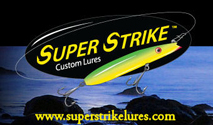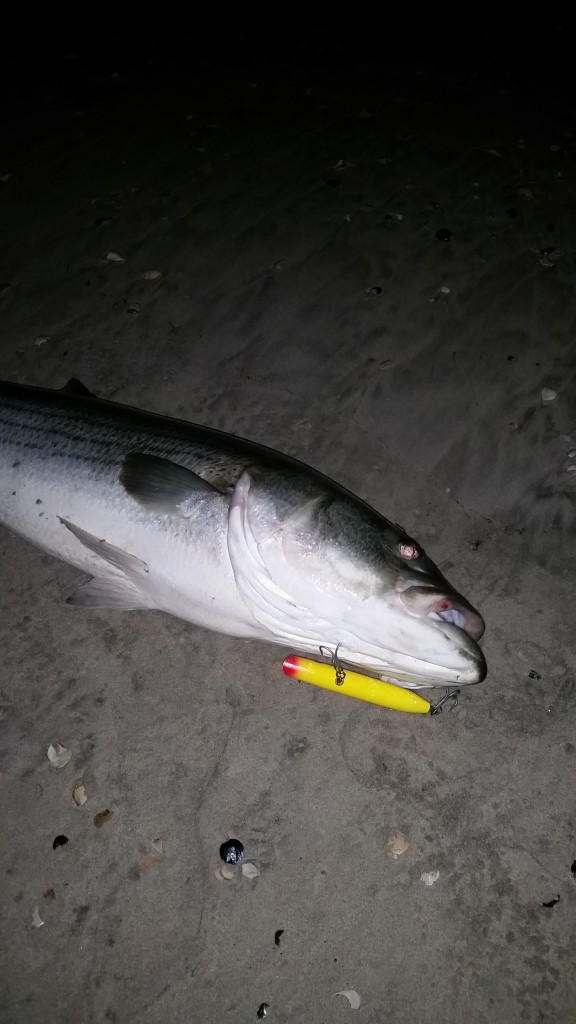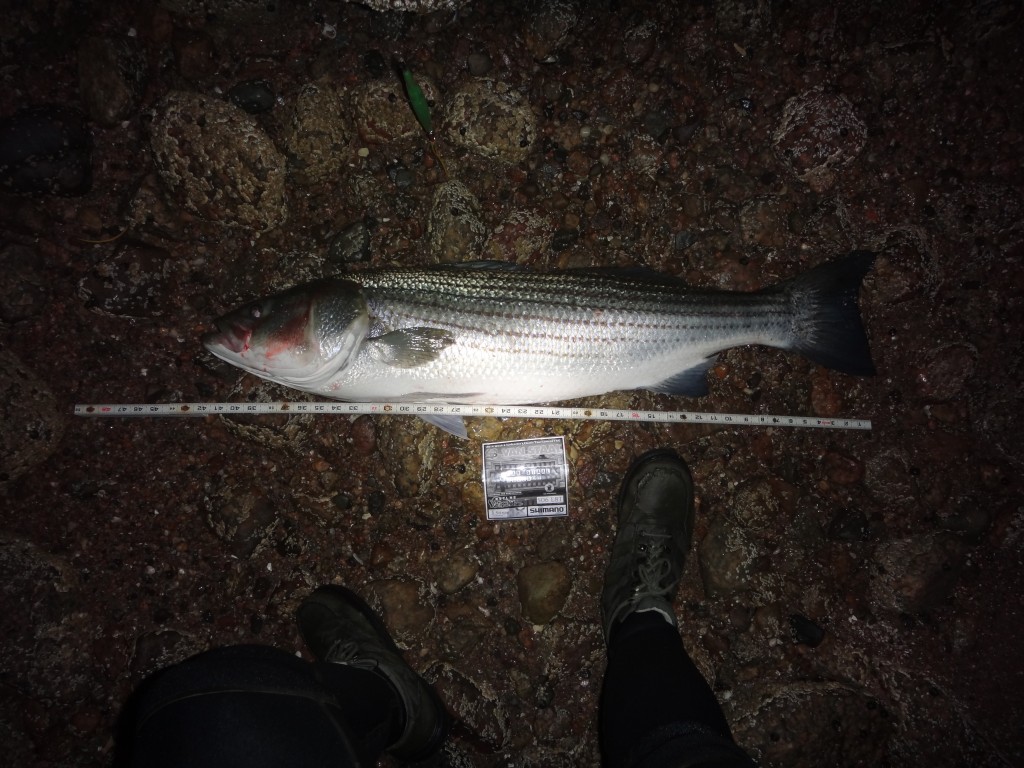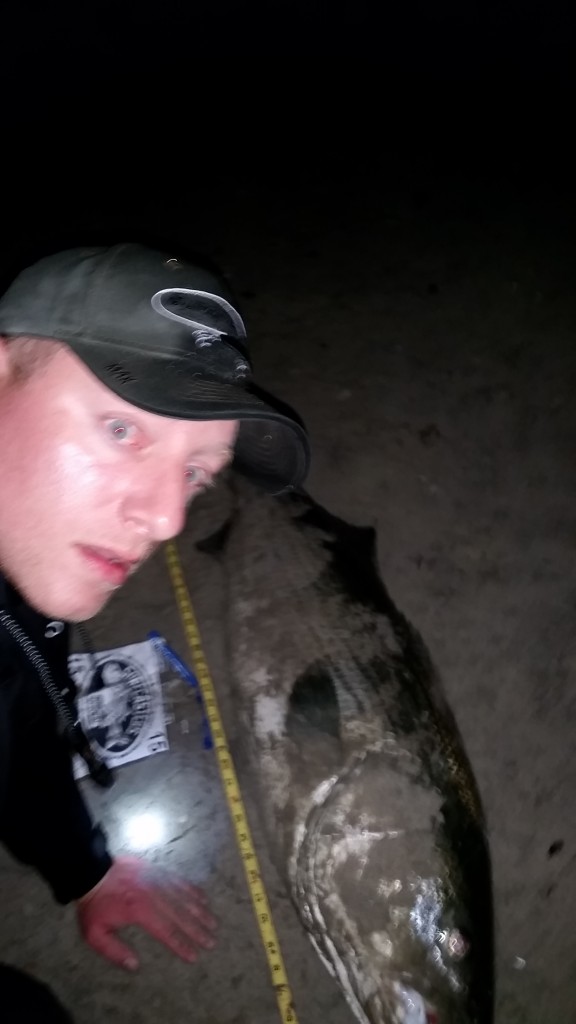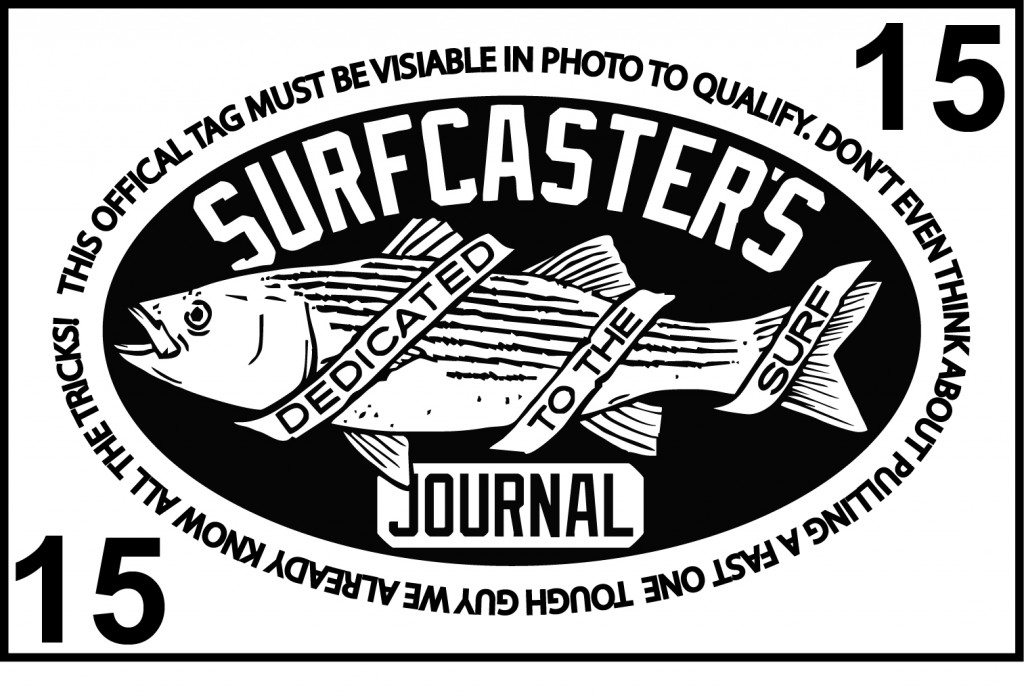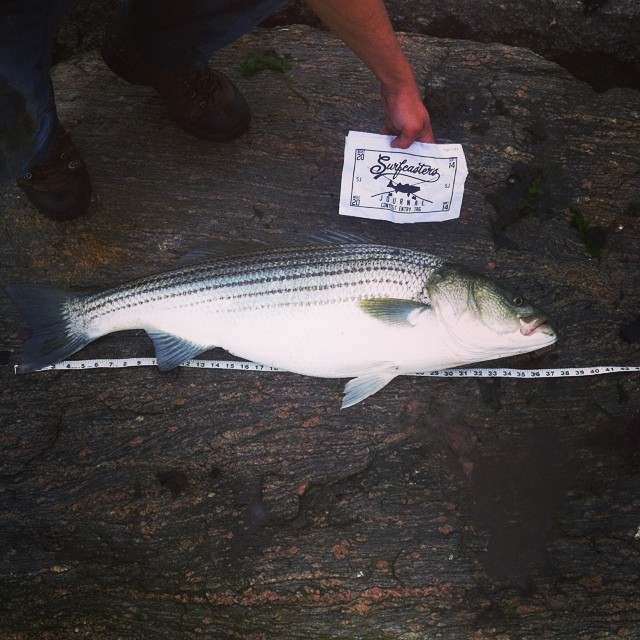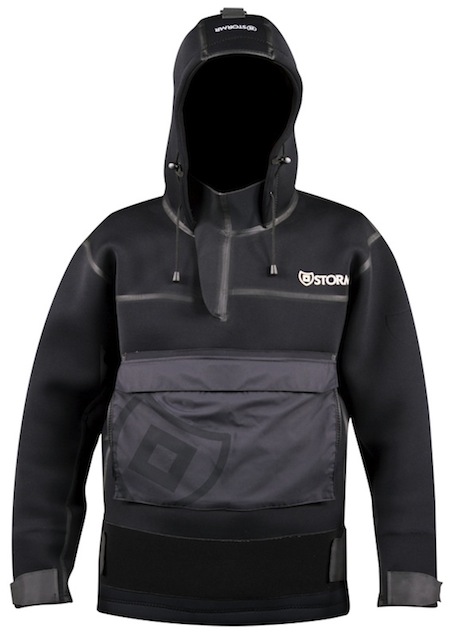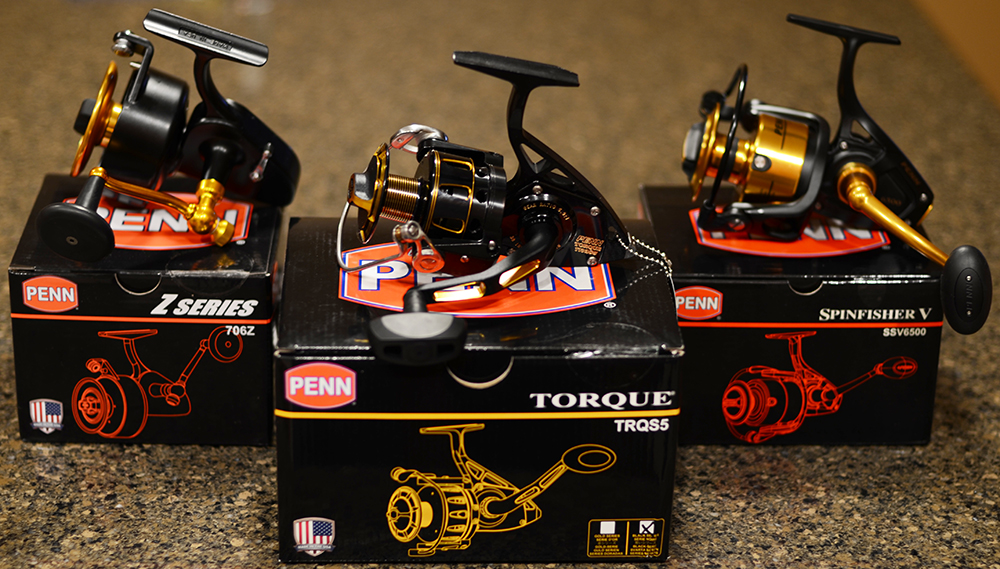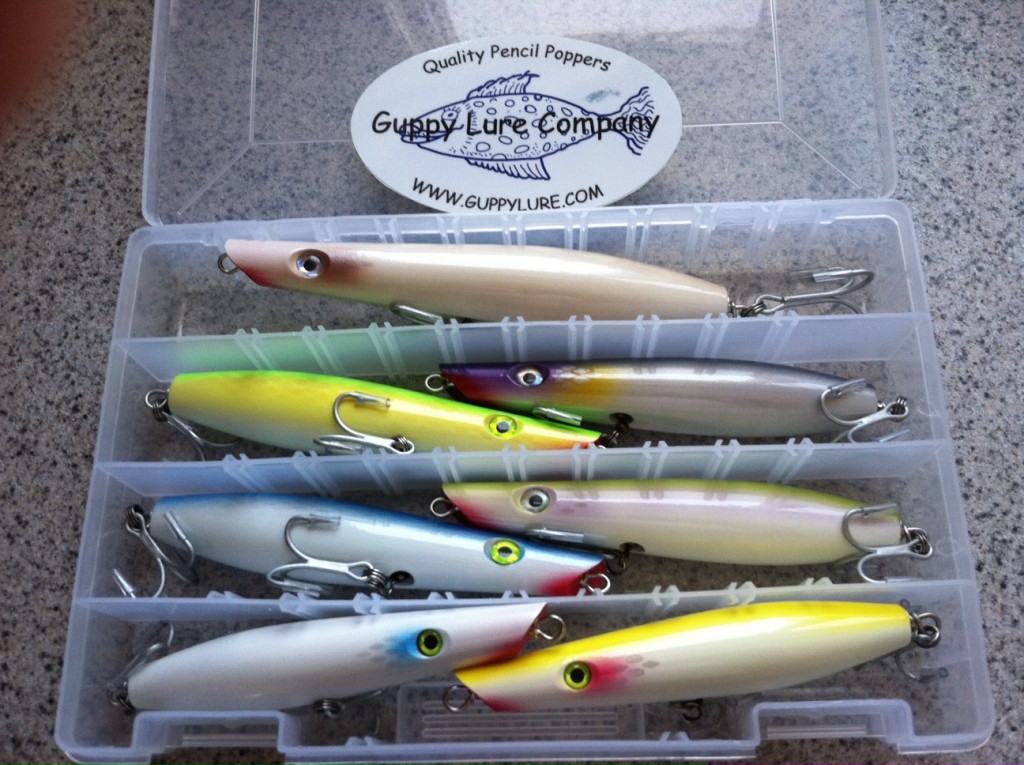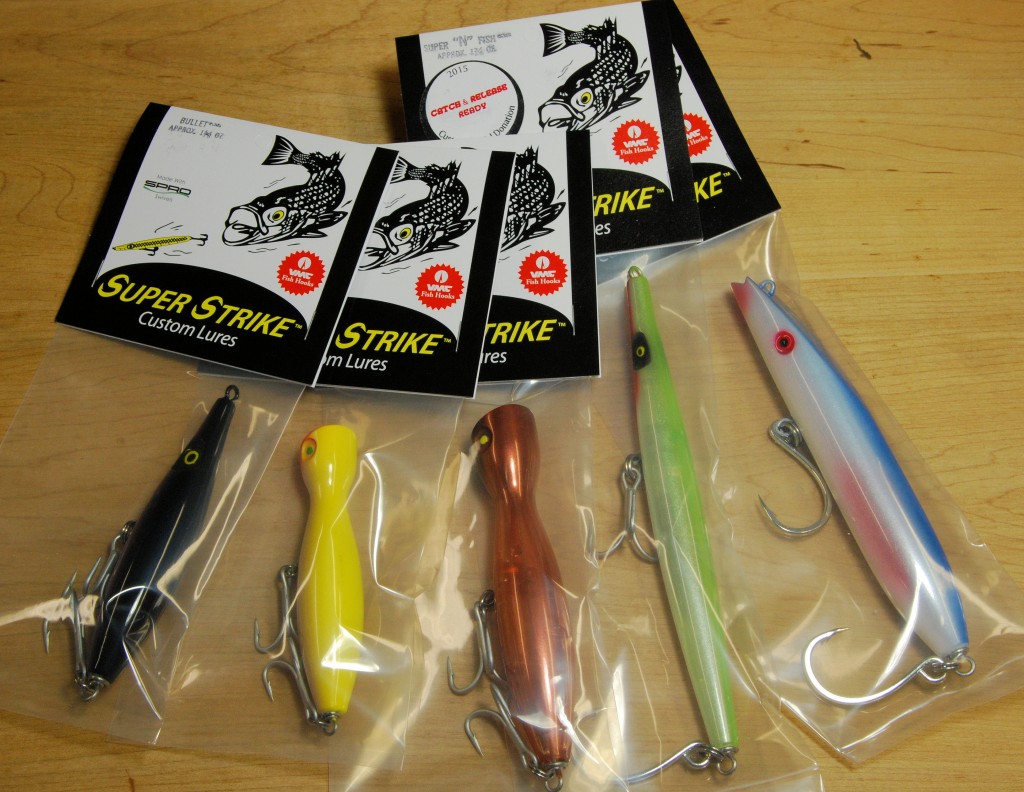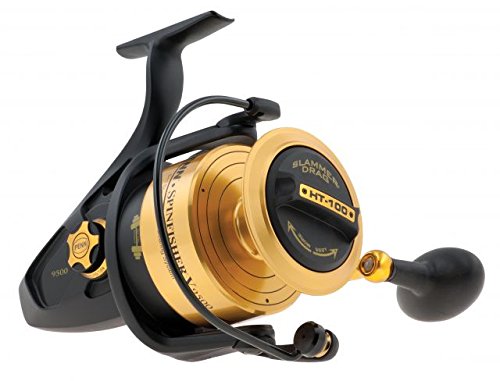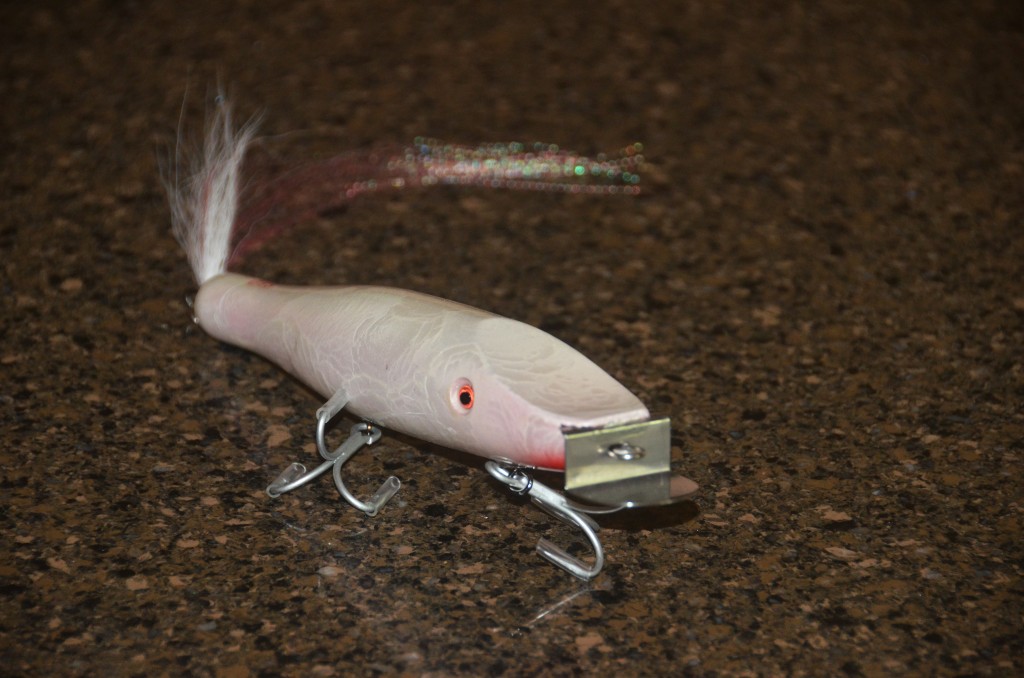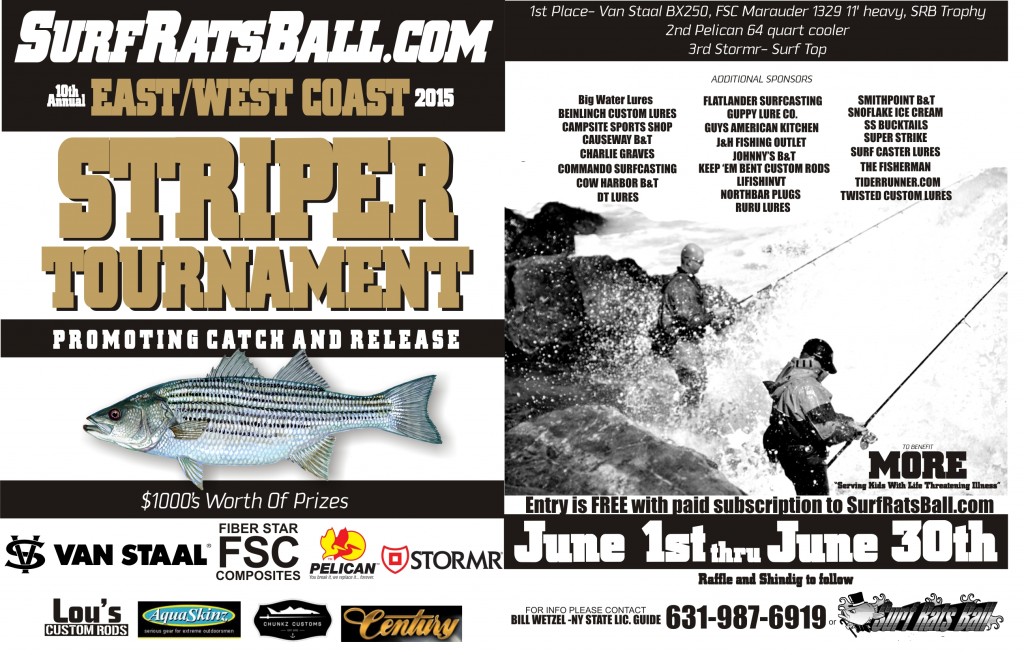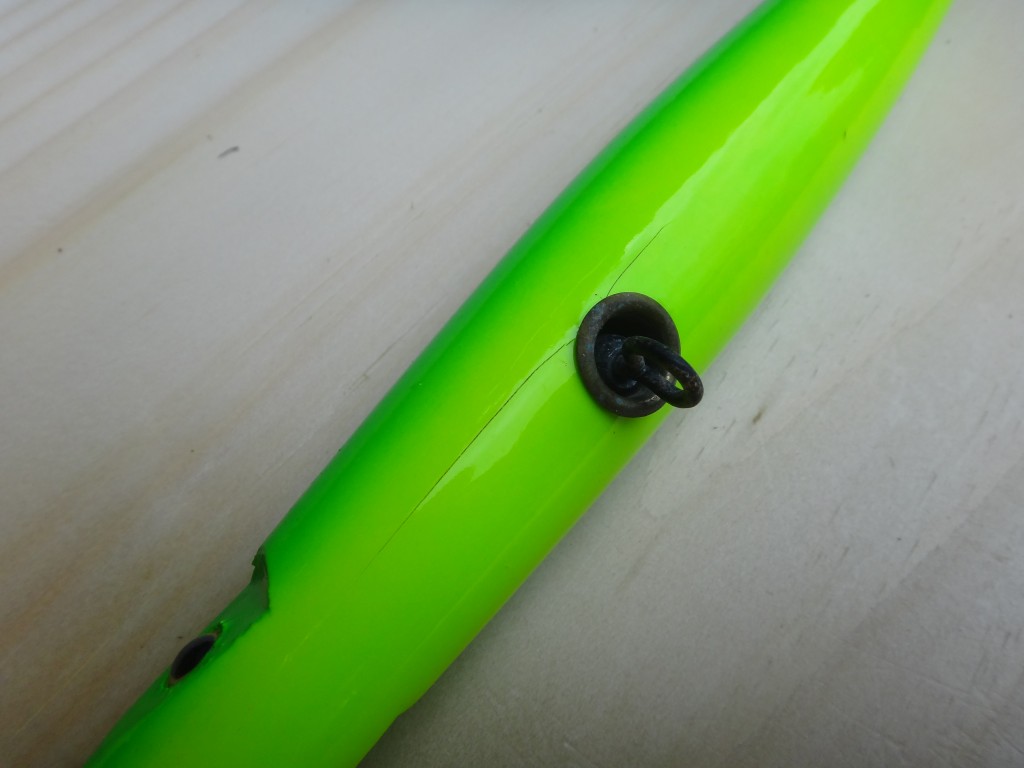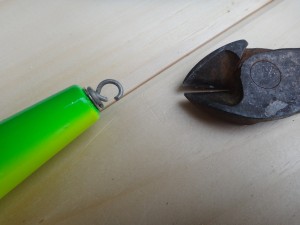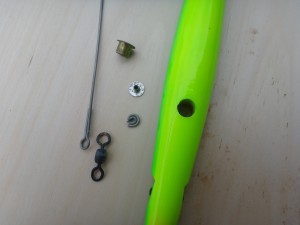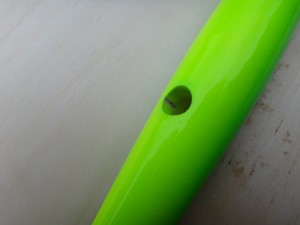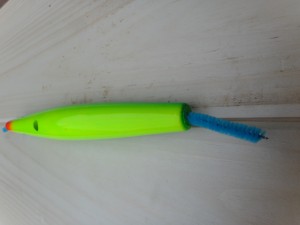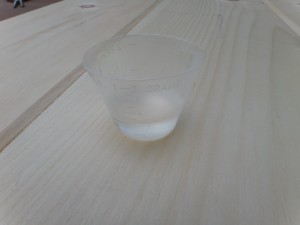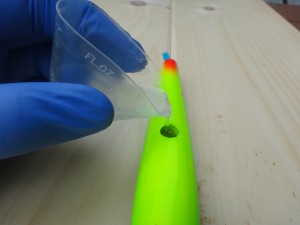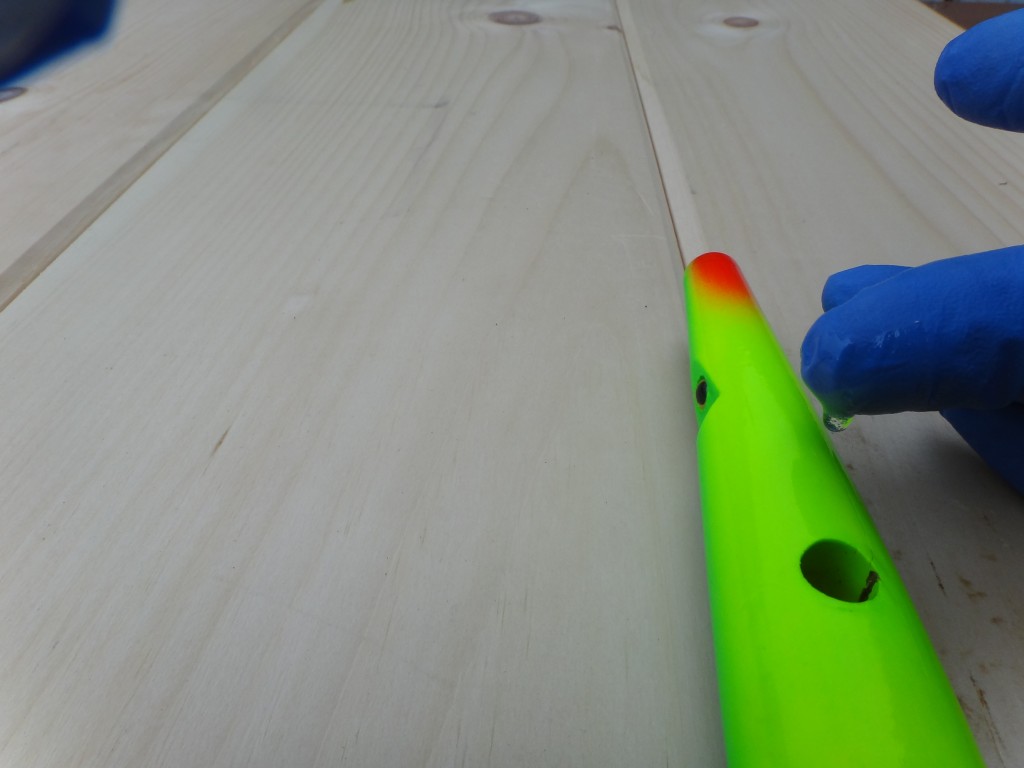 I was at the Canal Thursday. The results were atypical for a famous “breaking tide”. There were the expected pods of breaking fish, the expected reports of a few big fish landed, the expected schools of mackerel hugging the banks—but there was no consistency to the bite, no pushes of bass traveling through. Some isolated pockets of fast action did make a few anglers’ days though.
I was at the Canal Thursday. The results were atypical for a famous “breaking tide”. There were the expected pods of breaking fish, the expected reports of a few big fish landed, the expected schools of mackerel hugging the banks—but there was no consistency to the bite, no pushes of bass traveling through. Some isolated pockets of fast action did make a few anglers’ days though.
One such angler was a guy that I would guess was in his early 20s, someone who is most definitely in the early stages of his love for our sport. There were two nice fish displayed on the access road, a 36-pounder for an older guy nearby and a 28-pounder for this younger guy I stopped to talk with.
He told me that the fish had taken an SP Minnow thrown among a large school of macks. He added that it was his first good fish and he was very excited about it. You can’t blame him for that, 28 pounds is a nice fish for sure. We compared notes on the action throughout the morning, my results of five fish from a schoolie to a 22-pounder matched up roughly with his, although his fish was bigger than my biggest. I showed him the mackerel-colored Guppy Pencil that took all but one of my fish. He told me that he’d never been able to get a fish to hit a topwater plug. We talked about that for a bit and shook hands, but as he was walking away he said something that stuck in my mind.
“Well, now I have to go home and YouTube how to cook this thing!”
I offered up a basic recipe for my favorite way to eat the few bass I keep each year. In case you’re wondering, battered and fried bass makes great fish tacos with the right fixings. I was quick to add that a 28-pounder would make enough tacos for his entire neighborhood, but I don’t think my words landed where I hoped they would.
I don’t fault anyone for keeping a fish, I do it now and then and think that it’s a practice that should always be a part of our sport. But taking a fish just to take one is not a good practice. I would obviously give this guy a free pass, he was fired up—and I wouldn’t want to take that away from him, I only use this example because it’s fresh in my mind. But, if you don’t even know what you’re going to do with it when you get home, you should really release the fish. If you’ve ever thrown a fish into a dumpster after killing it you should feel bad about it. I hope that my new friend from the Canal had a great dinner with family and friends that night and I hope he a gets a 38 tomorrow. But what I hope above all else is that he realized that a fish of that size is enough to feed a family function and that the mythical 38 I just hooked him up with in the near future is much more valuable alive.
As the tides we’ve come to rely on become less and less consistent, it is going to become increasingly important that we all harvest with extreme care. People make the argument for ‘gamefish status’ but I have to wonder if a no-harvest fishery would hurt or help the sport overall. Personally, it wouldn’t stop me from fishing, but I think a large percentage of the people that can’t fish four nights (or more) per week like I usually can, depend on taking a fish for the table as the justification for the expenditure of their precious time and money.
Of course, this is abused as well. Striped bass just doesn’t belong in your freezer, unless you’re very good about how you care for it and you make sure that you eat it within six months of the catch. Some of my friends that are charter captains tell me that they hear the same line laughed over and over from their patrons, “Now we can throw away the fish from last year!” That’s every bit as bad as the dumpster crew. The striped bass shoulders a huge amount of the recreational fishing load here in the Northeast, it’s high time that we get our heads on straight.

